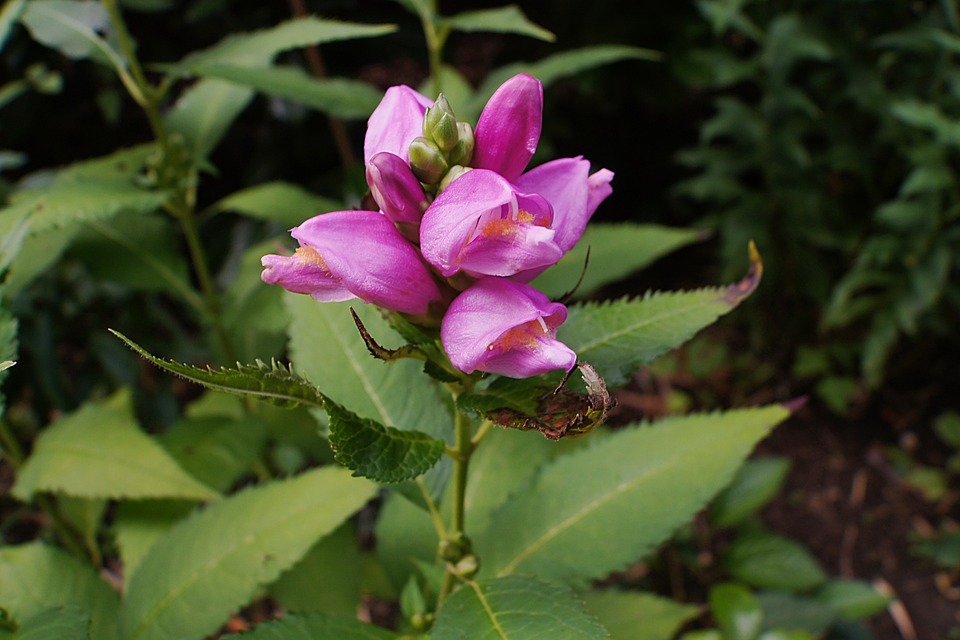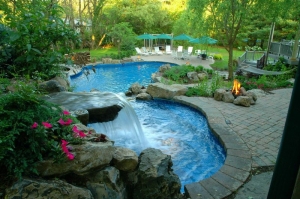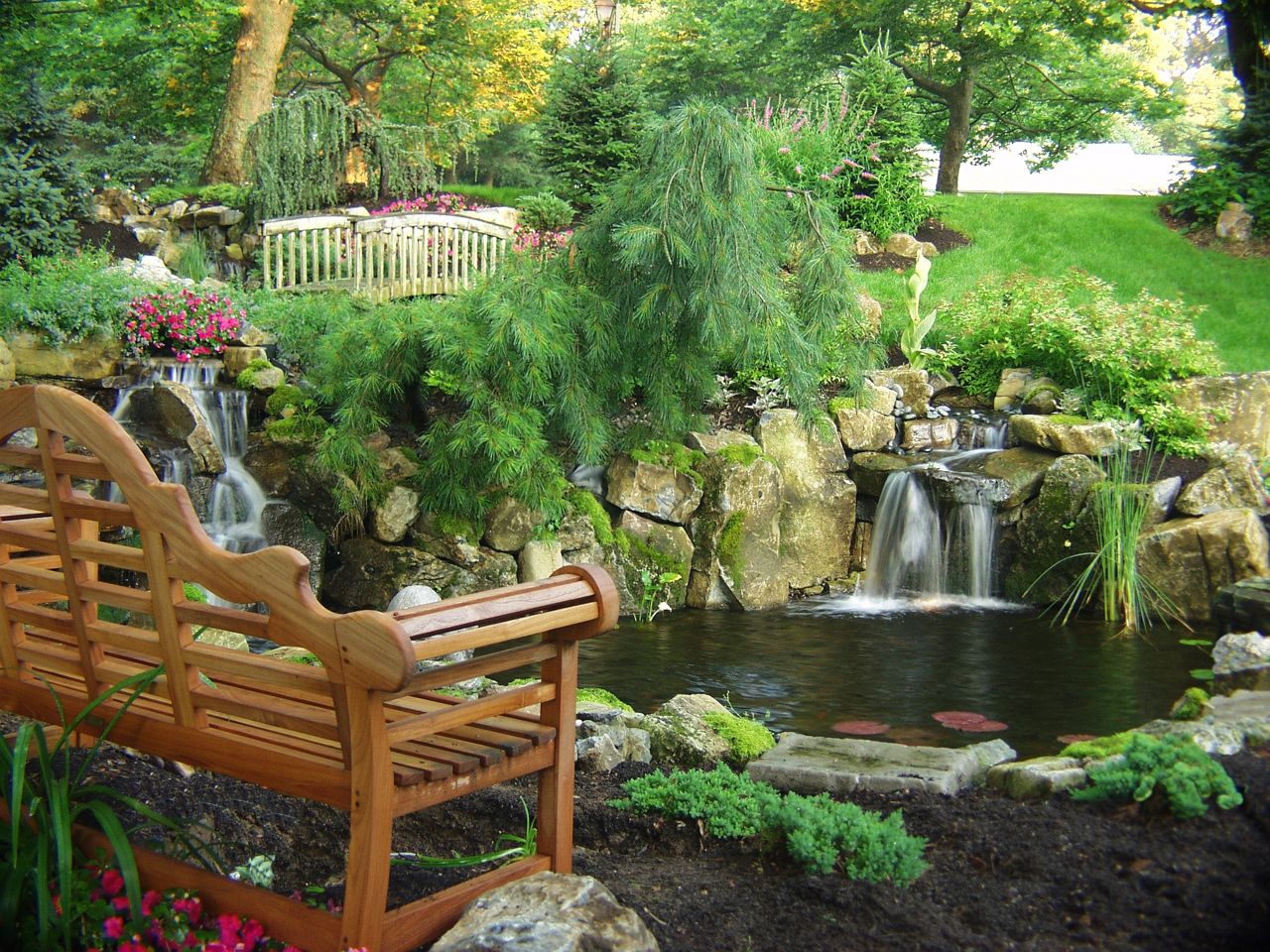Are Koi Carp Difficult to Keep in Backyard Ponds?
Koi are delightful ornamental versions of the more common fish known as “carp.” Koi were bred for color by the Japanese for their private ponds or water gardens. But, as some of you may already know, these lovely creatures aren’t just for show. Their presence can help balance the entire pond’s ecosystem and even help to reduce pond maintenance.
Why, then, are so many pond owners anxious about keeping them in their ponds?
“People fear they won’t survive. It is true that koi can be tempting to cats, raccoons, herons, etc., but there is much that can be done to reduce such threats,” says Bill Renter from Deck and Patio.
Renter suggests adding koi castles and tunnels at the bottom of the pond to give fish a safe place to hide from many predators.
Additionally, including rock overhangs around the outside of the pond, which first and foremost will make any pond appear more natural, help discourage cats and raccoons from reaching into the water after the fish.
“Planning a water feature with sufficient water depth can also dissuade raccoons and cats further, since neither enjoy swimming to get their dinner,” says Renter. “Plus deeper water at the edges — more than 18” deep — discourages heron wading.”
Another helpful idea is adding a waterfall feature. Continuous flowing water into the pond isn’t just beautiful and pleasant sounding, but the ongoing movement from the falls will put off many avian predators and even stop mosquitos from breeding.
Other precautions koi pond owners can take is adding scarecrows, such as owl statues. But with ongoing climate change and continued new construction, changes to their habitat are also causing changes in the behavior of local wildlife. “If all else fails, a netting can be installed over the pond,” says Renter.
Tips for Keeping Koi Safe:
— make your pond as large and deep as possible
— try to locate your pond in an area that you can see from inside your home so you can chase away any predator that isn’t deterred by other means
— try to include a waterfall to aerate the pond and scare away some predators
— lighting with movement sensors near the pond can frighten away an animal at night
— scarecrows (like owls) discourage many predators — herons and kingfishers in particular; some scarecrows also have moving sprinklers which do double duty to dissuade prey
— don’t put food for the birds you’re trying to attract near the pond — put it as far away as possible
— create hiding places for the koi inside the pond such as castles and tunnels
— if you still have problems, a pond net will do the trick.
Here’s a small sampling of our favorite Deck and Patio pond features. And, yes, even if not picked up in the photos, there are koi in each and every one.
It’s wise to have pond netting even if you don’t need it to keep away predators. In order not to let a collection of debris into your clean pond water, you’ll want to put a net in place before leaves begin falling in autumn. Then, simply pull it out when they’ve all dropped. You can tent the net so it doesn’t sag into the pond when it gets weighted with leaves, say experts at Aquascape Inc. (Photo/Pond Net: Aquascape Inc)





























